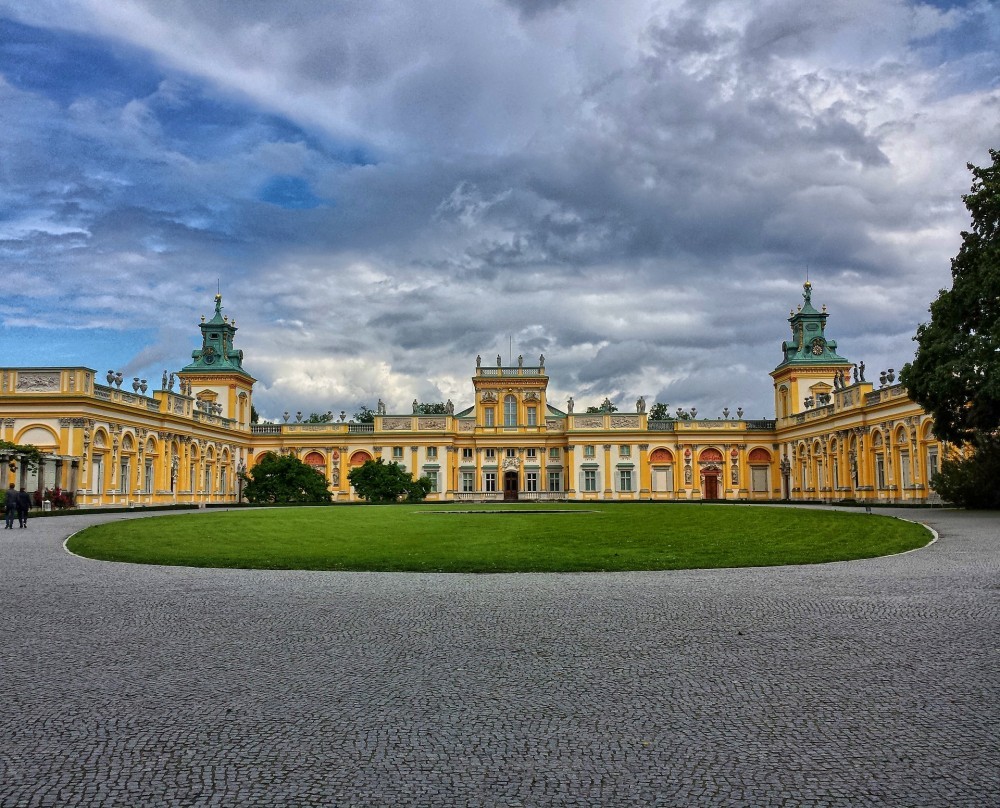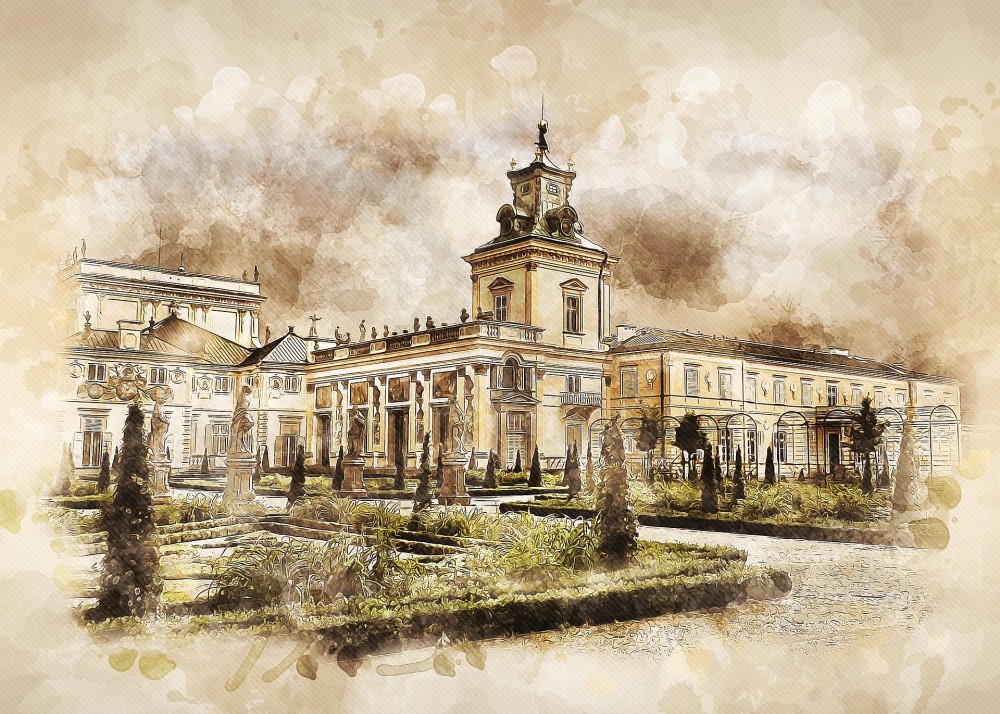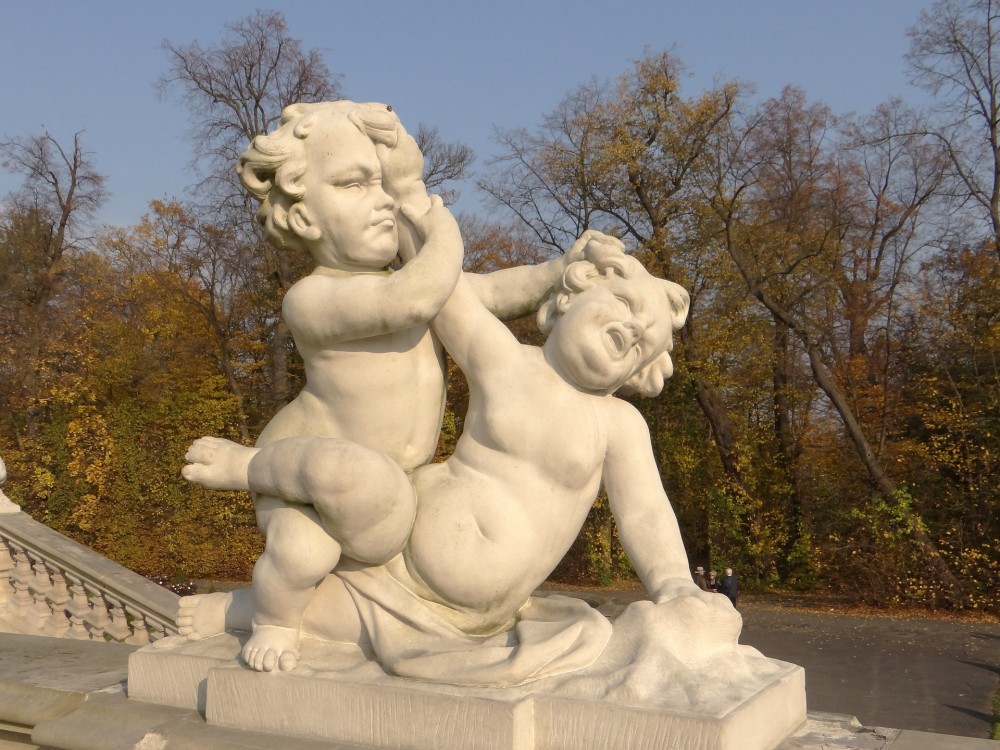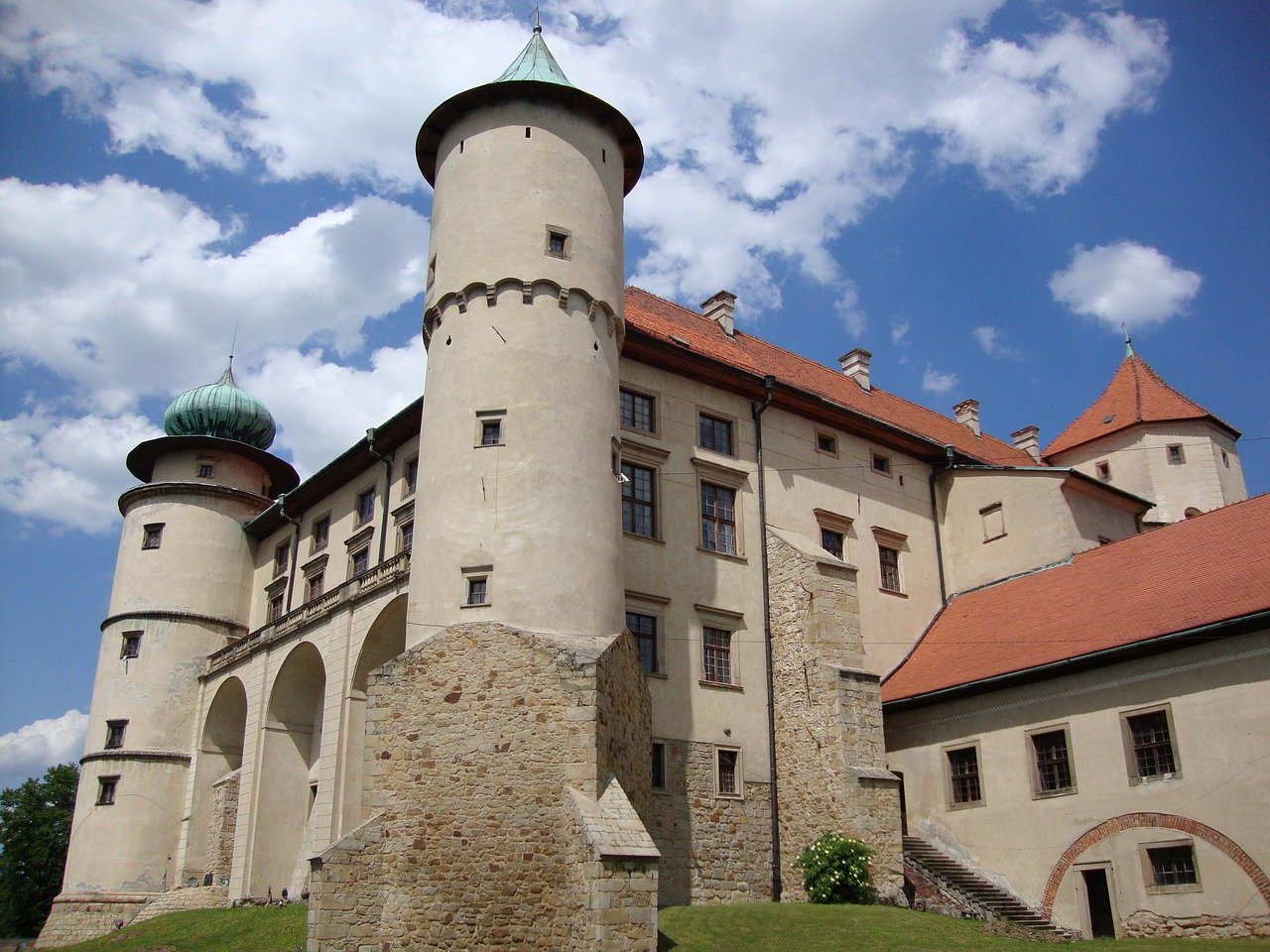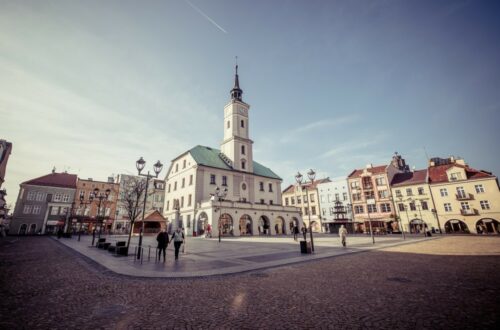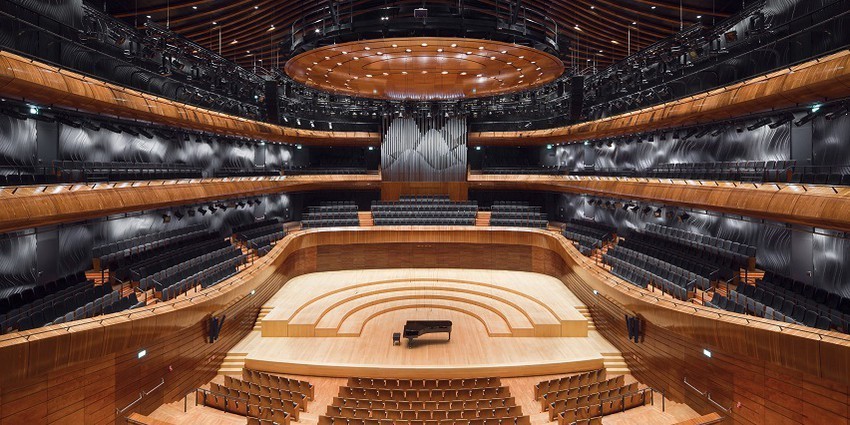The Wilanow Palace in Warsaw
The Wilanów Palace, a symbol of Warsaw and one of the most visited tourist landmarks in
If you want to feel like in a fairy tale, be sure to visit this magical place. Currently, the palace in Wilanów serves as a tourist attraction, museum, and monument. Impressive palace interiors with original decor and furnishing will take you on a fantastic journey that you will undoubtedly remember for a long time.
History
The palace was built in 1681-1696 for king Jan III Sobieski and Maria Kazimiera. The author of the project was Augustyn Locci. Interestingly, the name of the village at the time was Milanów. Soon after, it was changed to Villa Nova (new villa), in reference to ancient traditions. Another name – Wilanów – has remained valid to this day.
The façade and palace interiors are decorated with splendor characteristic of the Baroque era. After the death of the ruler, the palace changed owners many times, becoming the seat of noble Polish families: Sieniawski, Lubomirski, Czartoryski, Potocki, and Branicki. The new owners rebuilt the residence many times, as a result of which the interiors represented several stylish periods from the 17th to the 19th century.
During World War II, Germans and Hungarians plundered about 80% of the interior furnishings of the palace, and the palace garden was also destroyed.
After World War II, the National Museum of
Architecture
The building is entirely Baroque and is a harmonious combination of European art and Old Polish building tradition. The interiors of the palace were decorated by the greatest artists: Józef Szymon Bellotti, Jerzy Siemiginowski-Eleuter, Michelangelo Palloni, Claude Callot, Jan Samuel Mock, Francesco Fumo, Pietro Innocente Compareti, and Eliasz Hofmann.
An interesting element of the facade are inscriptions and statues, referring to the bravery, justice, and power of Jan III Sobieski. The front facade has the inscription “Quod Vetus urbs coluit, Nunc nova villa tenet,” meaning “What the ancient city of Rome worshiped, now the new villa has.”
Another interesting Inscription on the facade of the wilanow palace says, “Refulsit sol in clypeis” (The sun shone on the shields). The shield is the Sobieski coat of arms.
The palace in Wilanów symbolically constituted the residence of the Polish “king of the sun.” As we read in the book “Sobiesciańskie Stars, Mysterium Cosmographicum of King John,” Wilanów was also created on the model of the mythical manor of the sun from the second book of Ovid’s Metamorphoses. In turn, Audiences hailed King Louis XIV of France as “Sun King.” When he appeared to his subjects, his crown shone with a golden glow.
Wilanow Park&Gardens
The wonderful historic park surrounding the palace covers 43 ha and represents various styles. The park was created in the second half of the 17th century as a palace garden of King Jan III Sobieski.
The oldest part of the garden is a two-level Baroque garden that impresses with the geometric arrangement of vegetation, fountains, and stone statues.
The entire park area also includes a romantic English landscaped garden, a neo-renaissance rose garden, an English-Chinese park with the Bacchus Mountain, and a pond where water lilies bloom, and a charming corner called Akademosa Grove. Residents of
The palace is also a kind of cultural center where various types of concerts, performances, and exhibitions take place, including The Summer Royal Concert and The International Summer Early Music Academy.
Museum
The palace museum in Wilanów is visited by almost a quarter of a million visitors a year. Currently, the palace in Wilanów is primarily an attractive museum of interiors from the 17th, 18th, and 19th centuries.
In Wilanów, history can be learned in many ways: by watching permanent and temporary exhibitions, listening to stories told by museum educators and reconstructors, taking part in various historical and natural workshops, as well as participating in theater performances and early music concerts.
The museum lives during the day and at night, in summer and winter. On autumn and winter evenings, crowds of Varsovians and guests from all over the world visit the unique, atmospheric Royal Garden of Light.
The museum is also thriving in the digital world. “Silva rerum” is the name of the book in which the most important events, speeches, sentences, etc. were written during the noble Republic of Poland. The institution’s website is a source of countless information about the life, history, and culture of the Commonwealth during the time of King Jan III.
A tourist visit to
Opening hours, ticket reservation and purchase click here.
The Wilanow Palace and Gardens Guided Tour click here.


